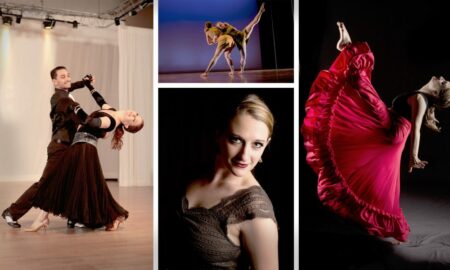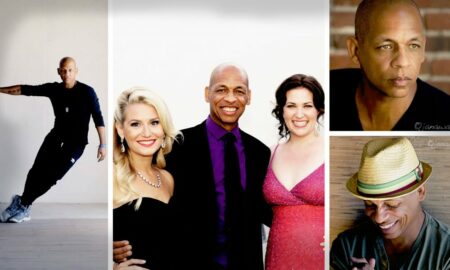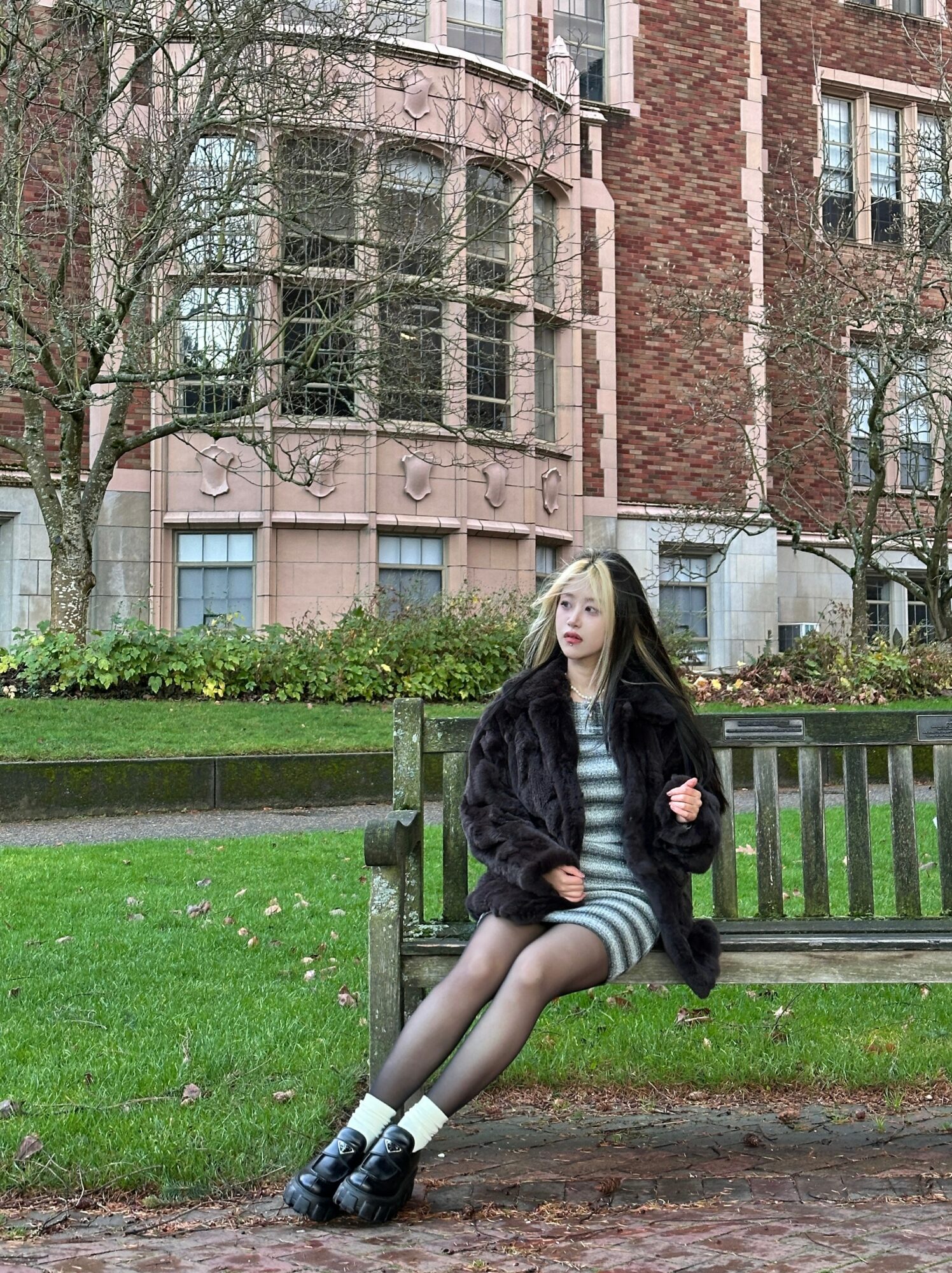

Today we’d like to introduce you to Xinran Gu
Hi Xinran, so excited to have you with us today. What can you tell us about your story?
My journey as a filmmaker and motion designer began with my deep passion for storytelling and visual arts. During my undergraduate years at Zhejiang Sci-Tech University, I studied Digital Media Art with a focus on filmmaking. That was where I first explored the world of directing, cinematography, and post-production. I learned how to craft visual narratives, shoot compelling scenes, and edit footage to evoke emotions.
In 2022, I moved to the U.S. to pursue my MFA in Film and Television at SCAD. Initially, my focus was on directing and screenwriting, particularly in crime and suspense genres. I was fascinated by the psychological depth of characters and the tension-driven storytelling that these genres allowed me to explore. My short film, “Last Night,” is an example of this—telling a story of vulnerability, self-worth, and the complex emotions of a woman seeking validation. This project was particularly meaningful because it allowed me to portray female characters with raw honesty, highlighting themes of self-acceptance and empowerment.
As I progressed in my filmmaking journey, I also discovered my passion for post-production and motion design. I realized that beyond directing and editing, I had a strong inclination toward visual storytelling through motion graphics. Motion design has similarities with film—both require a keen sense of timing, composition, and audience engagement. However, motion graphics also allow for more abstract, imaginative storytelling, which was both challenging and exciting for me.
This realization led me to pursue a double major in Motion Media Design while continuing my film studies. Learning new software like After Effects, Photoshop, Illustrator, and Cinema 4D pushed me to expand my creative skill set. As a filmmaker, I was already familiar with Premiere Pro, Avid, and Final Cut, but venturing into motion design required me to rethink visual storytelling in a more experimental way. I started creating motion graphics for brands and title sequences for TV shows, which further refined my ability to blend film techniques with dynamic design.
Today, I embrace both filmmaking and motion design as integral parts of my creative identity. I am passionate about crafting compelling stories, whether through traditional cinematic narratives or through abstract motion-driven visuals. My goal is to continue exploring the intersection of these two fields, pushing creative boundaries and developing a unique artistic voice that reflects both my technical expertise and my passion for storytelling.
Can you talk to us a bit about the challenges and lessons you’ve learned along the way. Looking back would you say it’s been easy or smooth in retrospect?
The journey has been far from smooth, especially when it comes to adapting my storytelling to different cultural perspectives and transitioning between filmmaking and motion design.
One of the biggest creative challenges I faced when I first arrived at SCAD was the cultural differences in visual storytelling. My first short film project was a Chinese-style horror film, which heavily relied on the fear of the unknown—a psychological and atmospheric approach deeply rooted in Eastern horror traditions. However, many of my American classmates struggled to understand what was supposed to be frightening. Western horror tends to be more explicit, often featuring physical manifestations of fear like ghosts, monsters, or jump scares. Meanwhile, Chinese horror leans into ambiguity, the unseen, and an overwhelming sense of dread.
Beyond horror, this cultural gap extended into other aspects of storytelling, such as pacing, emotional expression, and symbolism. I found that in Chinese cinema, emotions are often more restrained, relying on subtext and atmosphere to convey depth, whereas Western storytelling tends to be more direct and expressive. Similarly, the way stories are resolved also differs—Eastern narratives often embrace open-ended or poetic conclusions, while Western narratives tend to favor clear resolutions. These differences forced me to rethink my creative approach, challenging me to strike a balance between subtlety and clarity, atmosphere and action, ambiguity and resolution. Over time, I began to experiment with ways to merge Eastern and Western storytelling sensibilities, creating films that could resonate with a broader audience while staying true to my artistic voice.
Another major adjustment came when I pursued Motion Media Design as my second major. While film and motion design share similarities—both require an understanding of composition, pacing, and audience engagement—their creative processes are fundamentally different.
In filmmaking, everything revolves around a structured narrative with concrete characters, settings, and emotions. You follow a script, build a world, and guide the audience through a linear story. However, motion design is far more abstract, often relying on conceptual visuals, symbolism, and design-driven storytelling rather than traditional plot structures. This shift required me to break away from my film-centric mindset and embrace a more experimental approach to visual communication.
For example, in film, I might ask, “What is the story? Who are the characters? What is their emotional arc?” But in motion design, the questions change to, “What is the mood? What shapes, colors, and movements best convey this idea? How can abstract visuals evoke emotion?” Learning to think beyond narrative structure and into pure visual storytelling was a significant challenge, but it ultimately expanded my creative flexibility and made me a stronger visual artist.
These experiences—navigating cultural differences in filmmaking and shifting between two distinct creative mindsets—have profoundly shaped my artistic perspective. I’ve learned to approach storytelling from multiple angles, blending different influences, techniques, and thought processes to create work that is more adaptable, experimental, and visually compelling.
Though challenging, these adjustments have been invaluable, allowing me to grow as both a filmmaker and motion designer who can craft stories that transcend cultural and artistic boundaries.
As you know, we’re big fans of you and your work. For our readers who might not be as familiar what can you tell them about what you do?
I am a filmmaker and motion designer, specializing in narrative filmmaking, post-production, and motion media design. My work blends traditional cinematic storytelling with experimental visual aesthetics, allowing me to create films and motion projects that are both emotionally engaging and visually striking.
In filmmaking, I focus on stories with strong female perspectives, psychological depth, and complex human emotions. My work often explores themes of vulnerability, self-worth, and internal conflicts, particularly from a female-centric lens. I aim to tell stories that don’t just empower women in a conventional way but portray them in their raw, flawed, and deeply human states. One of my proudest projects, “Last Night,” is a short film that delves into the complex psychology of a woman seeking validation, balancing an intimate and visually poetic style with an unflinching exploration of insecurity and self-worth.
On the motion media design side, I have a deep passion for title sequences, branding, and abstract motion storytelling. While my filmmaking focuses on structured, character-driven narratives, motion design allows me to explore more abstract and conceptual visual storytelling. I specialize in using After Effects, Photoshop, Illustrator, and Cinema 4D to create dynamic visuals that enhance branding and storytelling. My work stands out because it fuses filmic sensibilities with motion graphics, creating visually unique and emotionally engaging experiences.
What sets me apart is my ability to seamlessly transition between cinematic storytelling and motion design. Many filmmakers focus solely on narrative, while motion designers often approach projects from a more graphical perspective. My dual expertise allows me to bridge these two worlds, applying cinematic techniques to motion design and motion-driven concepts to filmmaking, resulting in a distinctive visual language.
I take pride in my ability to tell emotionally resonant stories while constantly exploring new creative methods. Whether through film, editing, or motion design, my ultimate goal is to craft visually compelling and emotionally impactful experiences that push creative boundaries.
What does success mean to you?
For me, success is not just about external validation, awards, or recognition—it’s about creative fulfillment and personal growth. As a filmmaker and motion designer, I define success as the ability to tell stories that truly matter to me, challenge myself artistically, and continue evolving in my craft.
Success is when I can look at my work and see progress, knowing that I have improved in storytelling, visual execution, and artistic expression. It’s about creating something that feels authentic, even if it’s not universally praised, because I believe in its message and artistic integrity.
It’s also about resonating with the audience—not necessarily reaching the widest audience, but finding the right audience. If even one person connects deeply with my work, sees themselves in my stories, or feels understood because of something I’ve created, that is a form of success.
Additionally, success means continuing to push my creative boundaries, whether that’s experimenting with new storytelling techniques, taking on challenging projects, or stepping outside of my comfort zone. It’s about staying inspired, curious, and fearless in my artistic journey.
Ultimately, success is not a fixed destination—it’s an ongoing process of learning, creating, and growing, and as long as I am doing that, I consider myself successful.
Contact Info:
- Website: https://hazelgu.com/
- Instagram: https://www.instagram.com/hazelguuu_?igsh=bHhlcWxpZng3ajU4&utm_source=qr
- LinkedIn: https://www.linkedin.com/in/hazelgu
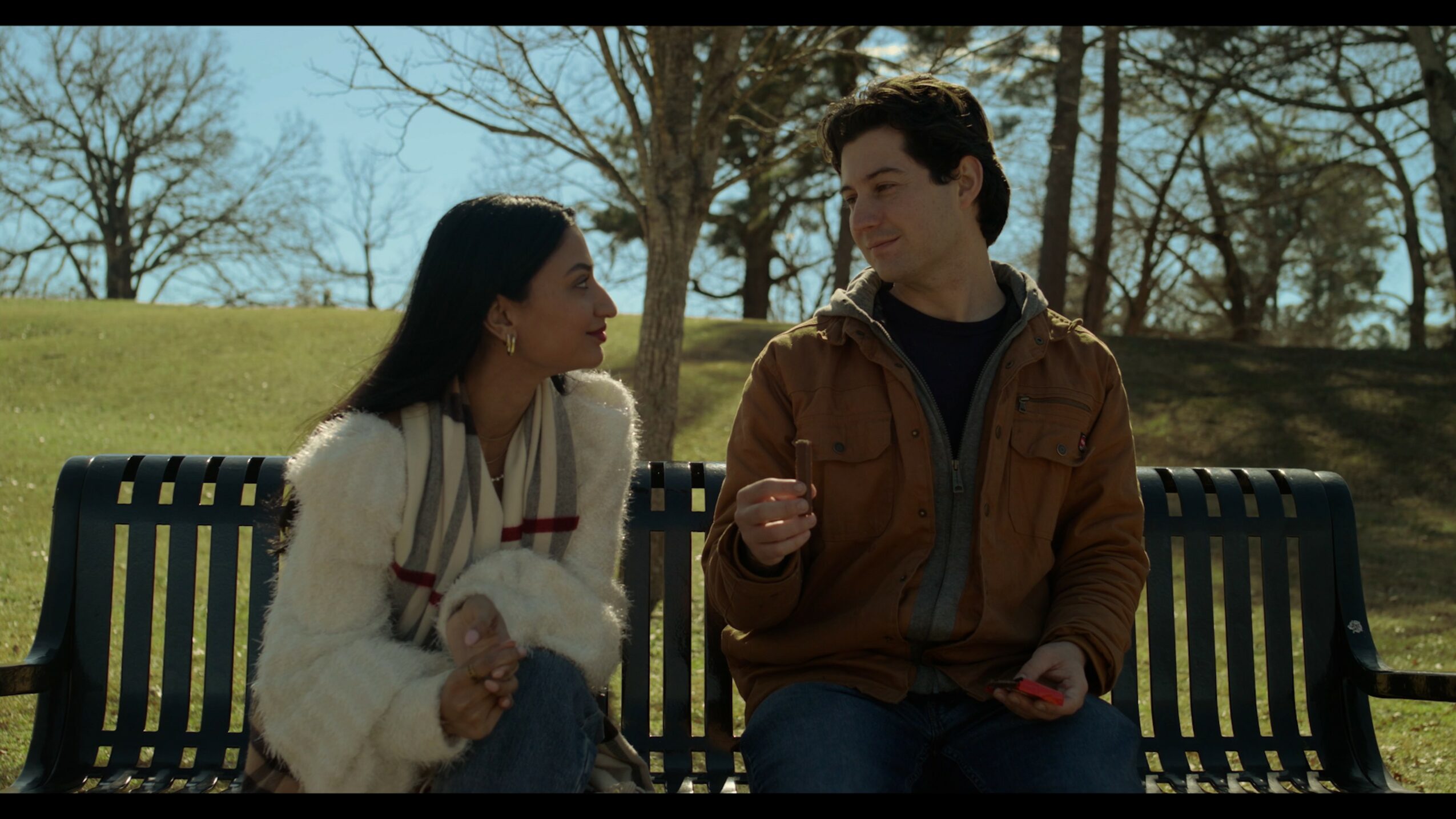
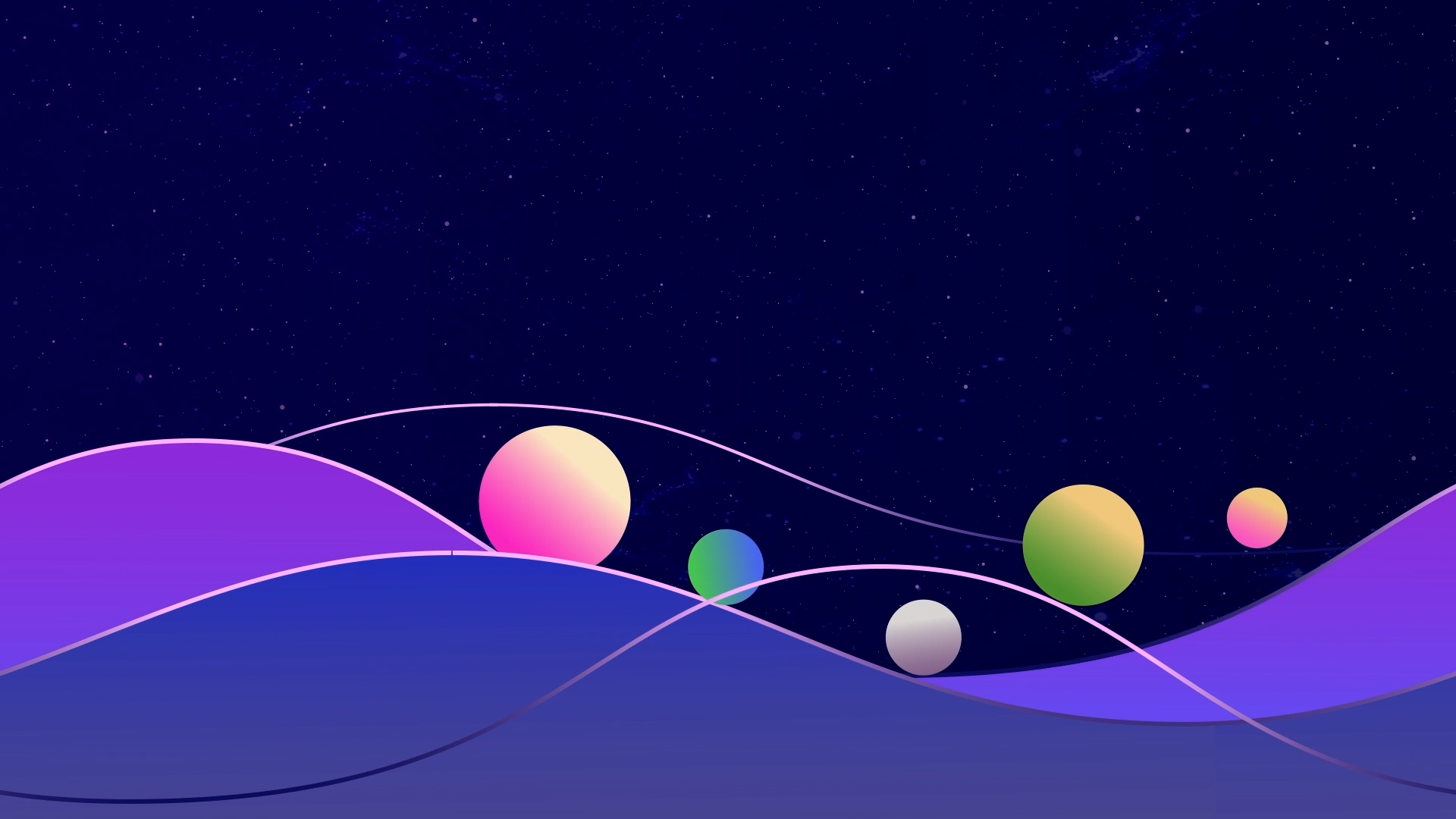
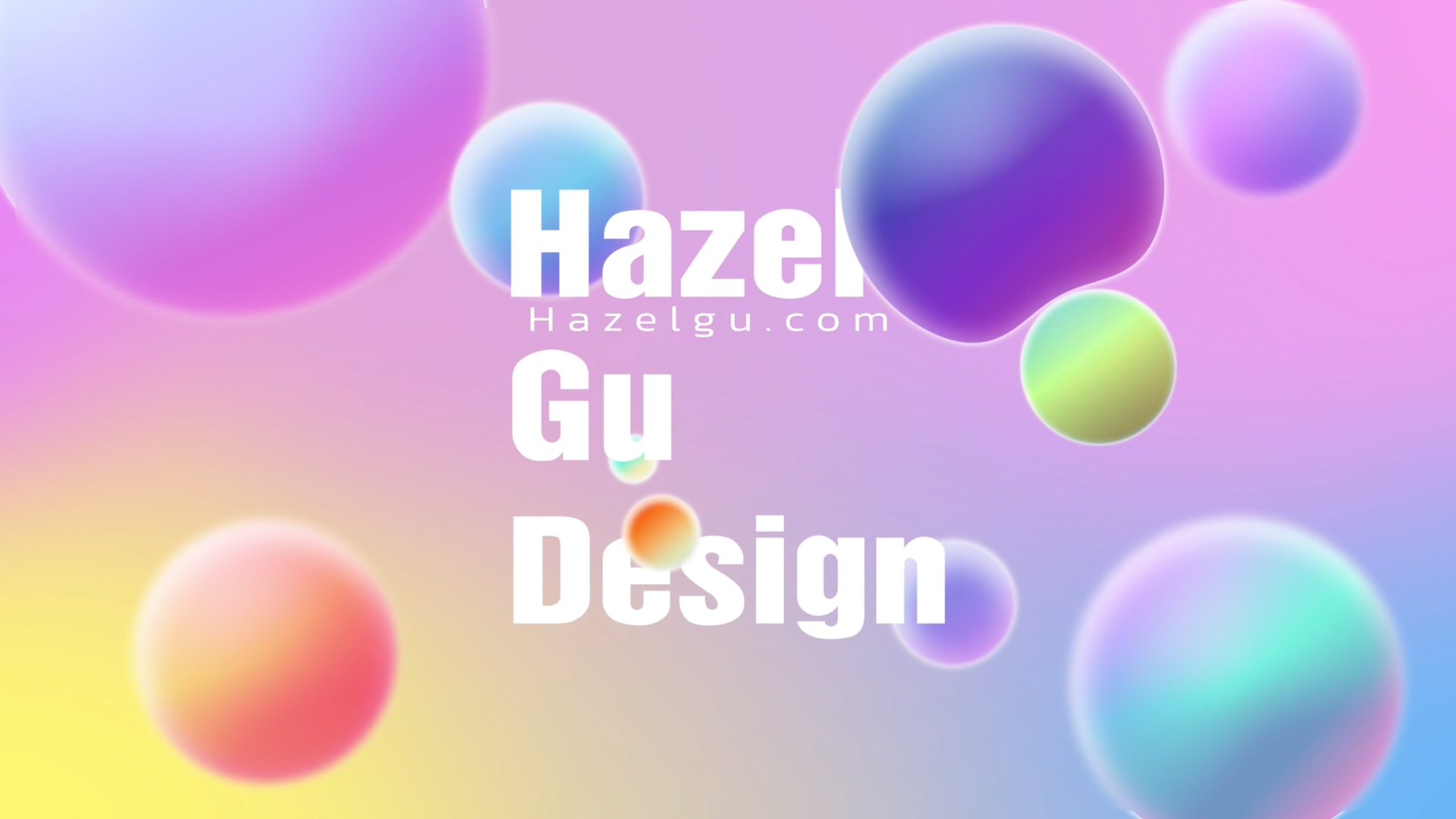
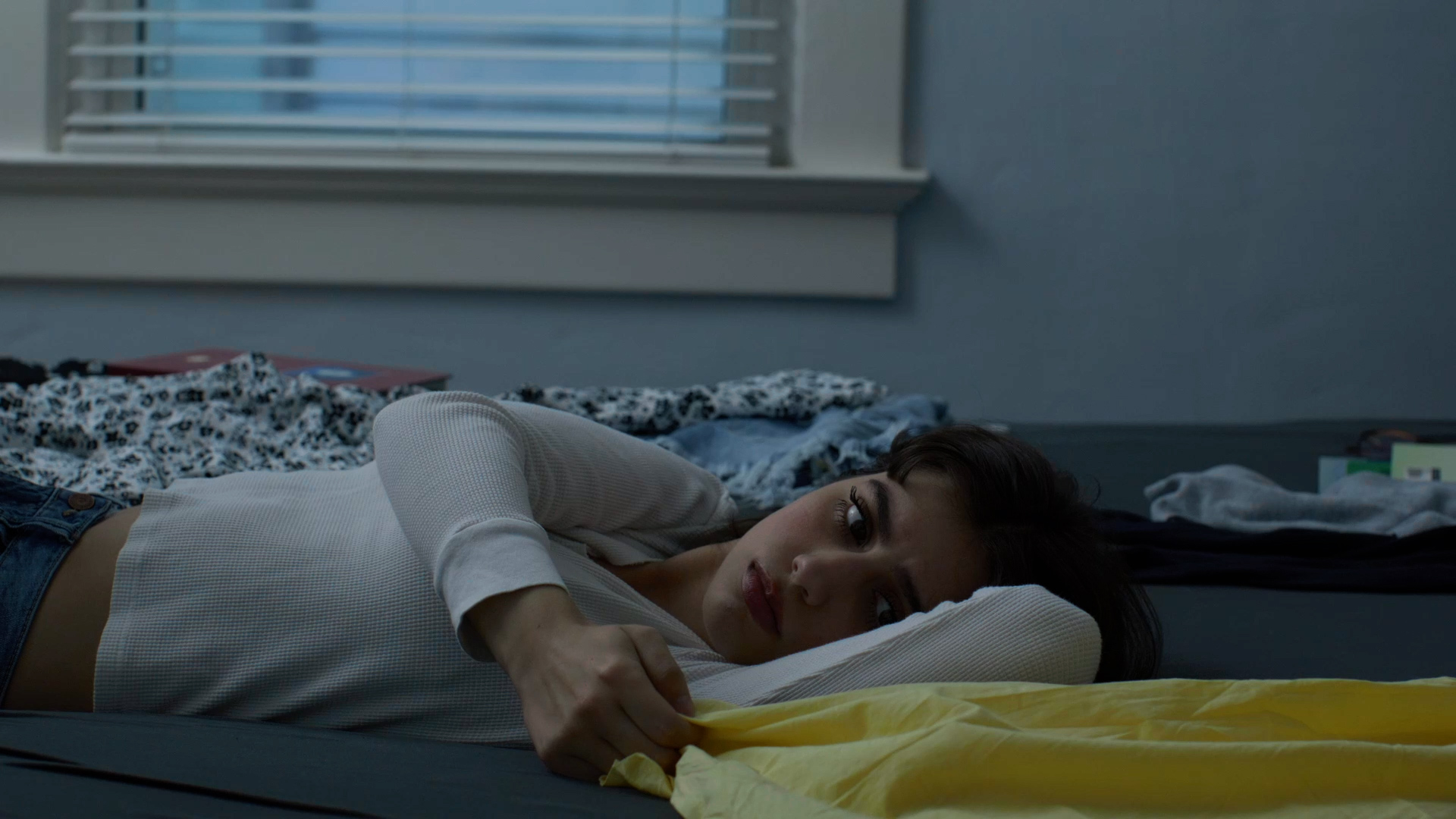
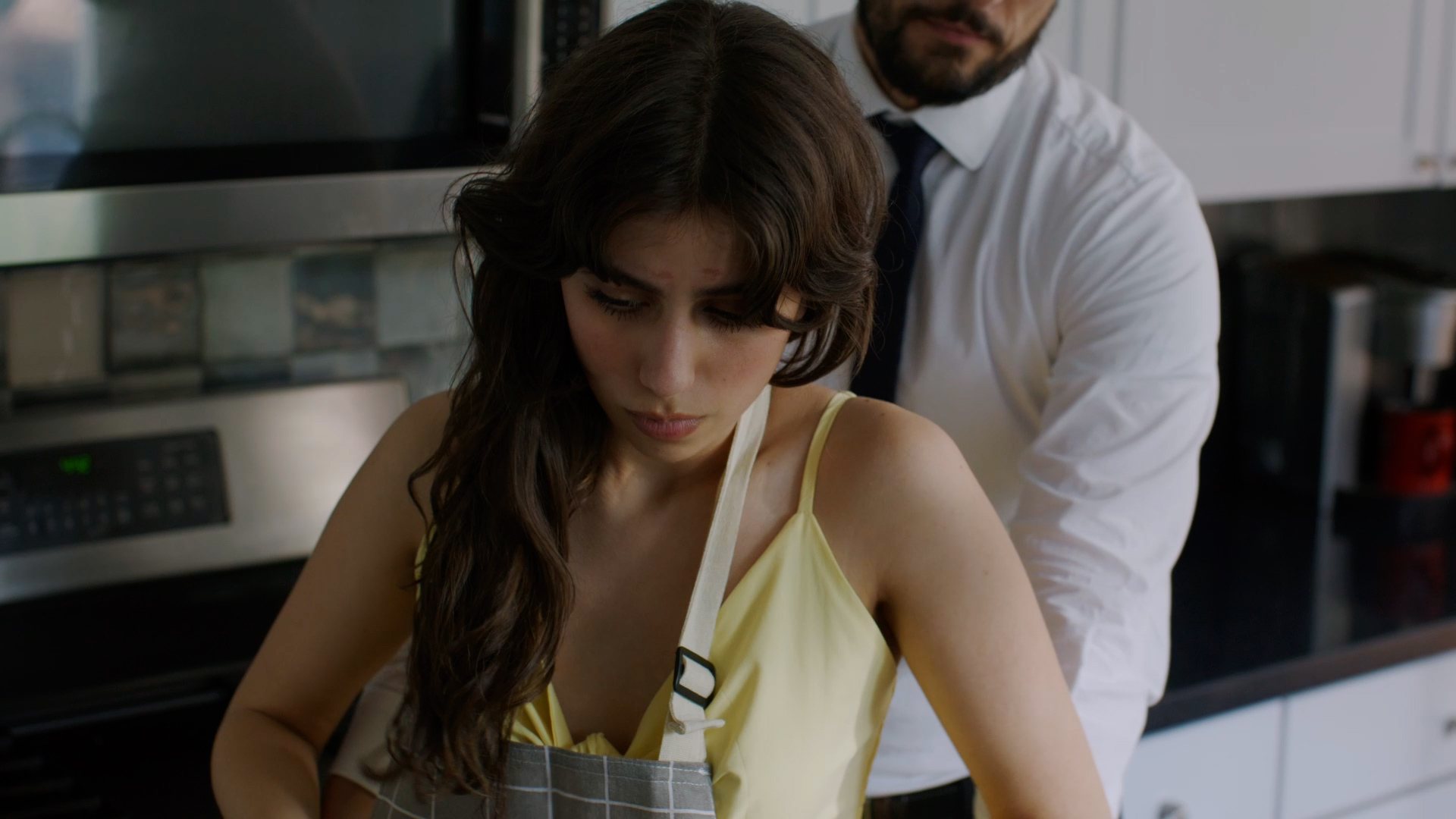
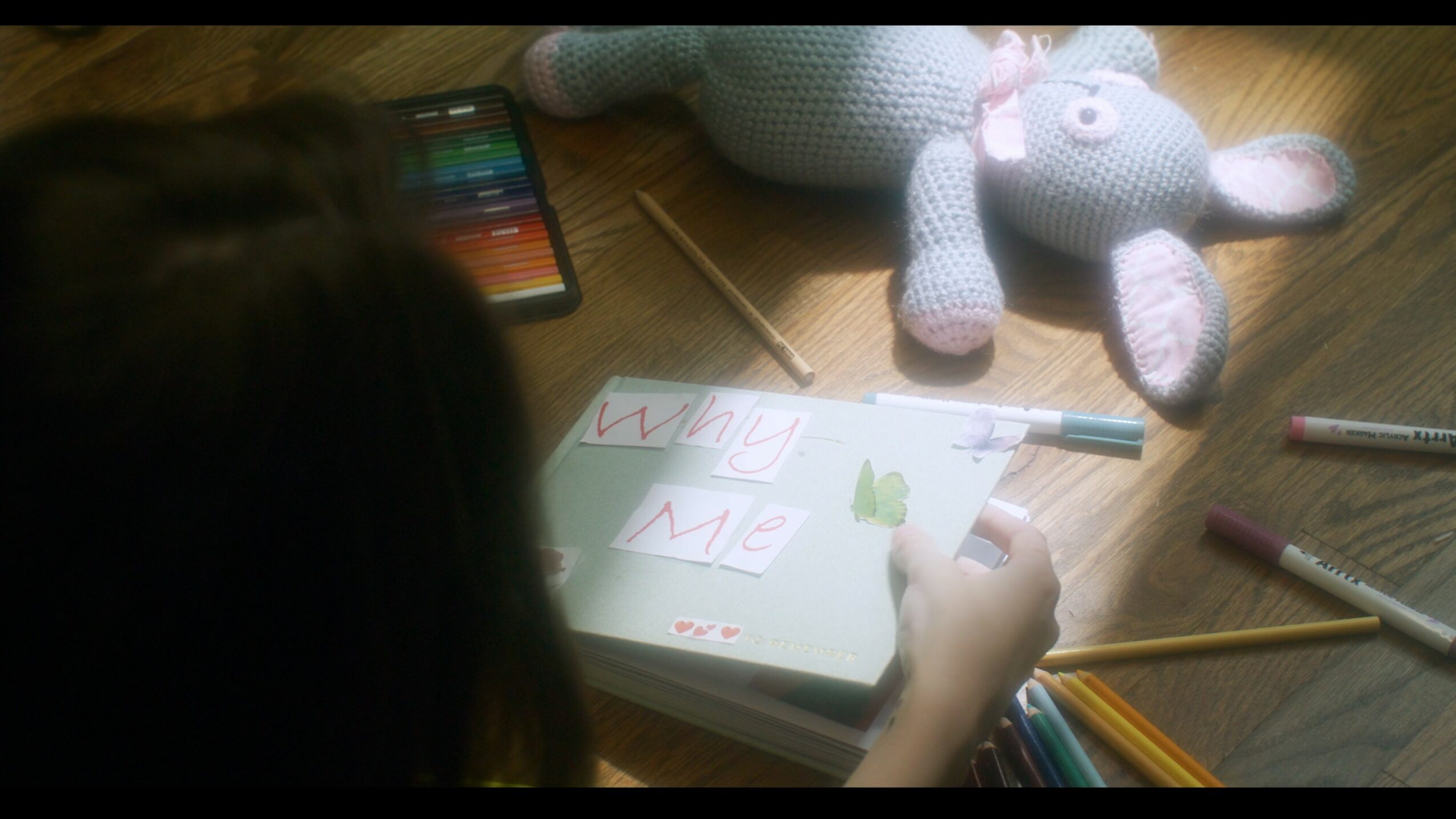
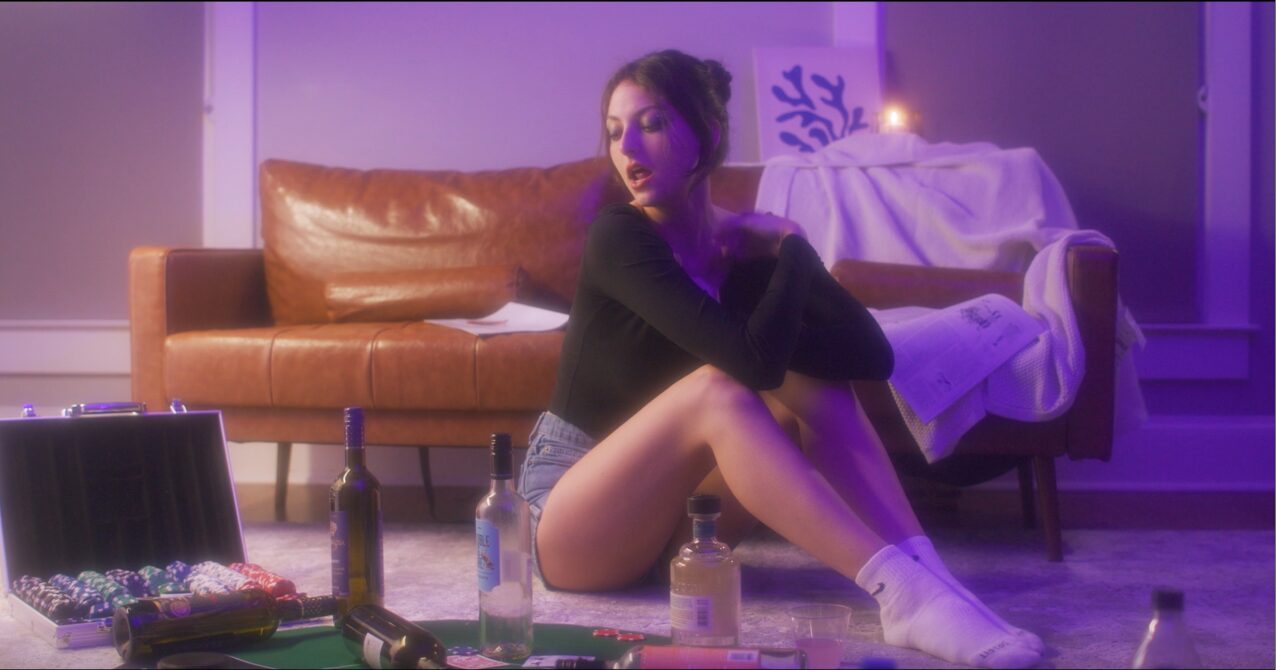

Image Credits
Images are from films and motion design projects directed, edited, and designed by Xinran Gu, created in collaboration with talented creative teams.


